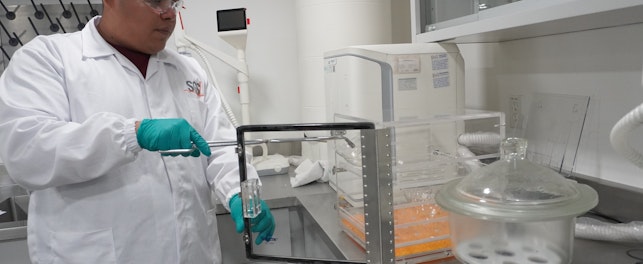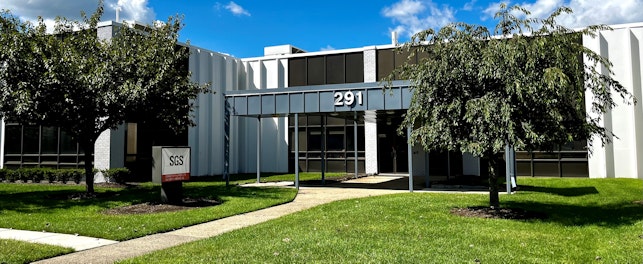The future of automobile technology is ‘connected’. The goal for many may be fully autonomous vehicles but the chances are, if you buy a new car, it will already be ‘connected’. In this article we look at connected vehicles, their functionality, and the advantages of connectivity.
Growth in the market for connected automobiles has been swift. It is estimated 76.3 million cars on our roads will be connected by the year 2023, up from 28.5 million in 2019.1 By 2025, and even following the effects of the COVID-19 pandemic, the market is predicted to be worth USD 166 billion.2
What is a Connected Vehicle?
A connected vehicle is one that is cognizant of the world around it via access to the internet and, often, a wireless local area network (WLAN). It can access data, send data, download software and patches, and communicate with other Internet of Things (IoT) devices. It can also give Wi-Fi access to onboard passengers.3
Connective technology enhances the driving experience by improving safety, security, navigation, infotainment options and onboard diagnostics. By establishing bi-directional communication between vehicles, mobile devices and infrastructure networks, the vehicle can receive triggered communications from other users on the network. This might include other vehicles, traffic and intersection monitoring systems and remote payment systems (e.g., tolls). Through communication with these systems, the connected vehicle can build up a picture of the environment that surrounds it, thereby allowing it to interact and react in a safe and efficient manner.4
Connective systems include:
- Adaptive cruise control
- Route planning systems to avoid congestion/accidents/roadworks
- Automatic braking systems
- Smartphone connectivity
- Diagnostic data sharing to remind the owner about servicing, etc.
- Location identification if the vehicle is stolen or misplaced
- Automatic payment systems5
Connectivity is achieved through embedding or tethering technology to the car. Embedded technologies will often operate without the knowledge of the driver, who will only recognize their impact when they are triggered. For example, dedicated short-range communications (DSRC) or Cellular Vehicle-to-Everything (C-V2X) radios with very low latency can be used in safety-critical features to trigger braking before a collision.
Tethered technologies, however, require the operator to connect an additional piece of equipment to the vehicle – e.g., a smartphone. The driver then has access to the functionality of the smartphone through the vehicle, allowing them to make telephone calls, listen to music, etc.6
Safety First
Beyond expanding the infotainment options for occupants, the primary reason for many consumers to buy a connected vehicle is its enhanced safety. The U.S. Department of Transportation (DOT) has said that its efforts had previously been aimed at helping people to survive crashes but, “connected vehicle technology will change that paradigm by giving people the tools to avoid crashes."7
Allowing the vehicle to interact and respond with the world around it will give the driver 360-degree awareness of hazards and situations that may be invisible to them. The technology can alert them to imminent crash situations, thereby speeding up their responses or, in some cases, responding for them.
However, the safety benefits of this technology will be removed if it becomes a distraction. Instead, much of the connective technology in our vehicles must be hidden and only become apparent to the driver when it is needed.
5G
The next step for connected vehicles is the introduction and incorporation of 5G technology. This will allow cars to ‘talk’ to one another in near real time. The advantages of this will be profound, making it the next step towards fully autonomous vehicle.
For example, it will allow:
- Cars travelling in opposite directions to share road condition data
- Cars to communicate their position to enable safe driving at higher speeds
- Cars to determine which has the right of way at stoplights, etc.
- Real-time network communication to find parking spaces, addresses, avoid congestion, etc.
- Safer travel through a reduction in accidents8
This technology is currently in development. Today, it can cope with simplified highways, but the complexity of real-life situations means workable systems for safe navigation are still a few years away.
SGS solution
SGS offers a comprehensive range of services to help manufacturers succeed in the growing market for connected vehicles. Testing solutions include reliability and electromagnetic compatibility (EMC) for electrical, electronic and electromechanical (EEE) components, covering environmental simulation, functional safety (ISO 26262), battery testing, materials and failures analysis, and tests to ensure compliance with regulatory requirements. Our services also support radio frequency (RF) protocols, field testing for DSRC, C-V2X and GCF, as well as OmniAir testing for V2X technologies.
After all, it’s only trusted because it’s tested.
Learn more about SGS Services.
For more information, please contact:
Gregory Lechki
Project Manager, Materials Test
t: +33557970233
References
1 Projected shipments of connected cars between 2019 and 2023
2 Size of the global connected car market between 2020 and 2025
3 Connected Car Experiences in 2019: Exploring the Possibilities
4 What Is Connected Vehicle Technology and What Are the Use Cases?
5 What Is Connected Vehicle Technology and What Are the Use Cases?
6 Connected Car Experiences in 2019: Exploring the Possibilities
7 How Connected Vehicles Work
8 What Is Connected Vehicle Technology and What Are the Use Cases?



